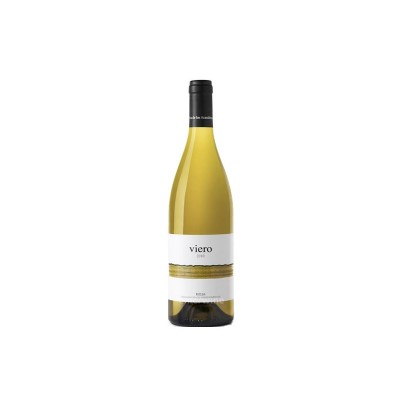- Home
-
Wines
addremove
- Spanish wines with D.O.addremove
- Bierzo
- Catalonia
- Cigales
- Conca de Barberá
- Costers del Segre
- Empordá - Costa
- Jumilla
- La Mancha
- Méntrida
- Montsant
- Navarra
- Penedés
- Pla de Bages
- Priorat
- Rias Baixas
- Ribeiro
- Ribera del Duero
- Rioja
- Rueda
- Somontano
- Terra Alta
- Toro
- Uclés
- Valencia
- Yecla
- Alicante
- Calatayud
- Almansa
- Valdeorras
- Málaga
- Tarragona
- Madrid
- Binissalem Mallorca
- Pla i Llevant
- Ycoden-Daute-Isora
- Manchuela
- Getariako Txakolina
- Ribeira Sacra
- VT Mallorca
- Local winesaddremove
- Champagne
- Spanish fortified winesaddremove
- Banyuls
- Tokaji
- Marsala
- Madeira
- Oporto
- Import Winesaddremove
- Bag in Box
- Cava
- Spanish wines with D.O.addremove
-
Whisky
addremove
-
Spirits
addremove
- Absinth
- Aguardiente
- Akvavit
- Anise Liqueur
- Aperitives
- Armagnac
- Brandyaddremove
- Catalonia
- Jerezaddremove
- Other areas
- Cachaza
- Calvados
- Cazalla
- Chinchón
- Cognac
- Ginaddremove
- Grappa
- Licouraddremove
- Marc
- Orujoaddremove
- Pacharán
- Pippermint
- Pisco
- Poire Williams
- Punch
- Ronaddremove
- Sambuca
- Cider
- Tequila
- Vermouth
- Vodka
- Mezcal
- Sake
- Ratafia
- Gourmet addremove
- Packs addremove
Rioja
Rioja
This D.O covers three communities: Navarra, the Basque Country (Álava) and La Rioja with 80% of the total production. The headquarters of this D.O. It is located in Logrono. The wines of La Rioja are the most universal Spanish wines and one of the most appreciated in the world. La Rioja currently produces around 250 million liters of wine annually. CLIMATE There are two very different zones and they are separated by the Iregua river. One area runs from Logroño upstream of the Ebro and is rainy with mild autumns and winters and cold summers. The other area goes the other way, down the Ebro and is dry, with sunny winters and hot summers SOILS, VINES AND GENERAL CHARACTERISTICS OF THEIR WINES Cultivation is carried out on three types of soils: calcareous clayey soils, ferrous clayey soils and alluvial soils close to the riverbeds. Among the white grapes, Viura predominates, as well as Malvasía and Garnacha blanca. Among the reds Tempranillo, Garnacha, Graciano and Mazuelo. We can distinguish three types of white wines: the young, light in aroma and fruity, the young, dry and with complex flavors, fermented in barrels, and those aged in barrels with aromas of fine wood. The rosé wines made mainly with Garnacha are very balanced. For red wines the most used grape is Tempranillo. The young wines are fruity and balanced, the aged ones are more complete and rounded. The reservas are round and meaty with complex aromas. The gran reservas present aromas of resin, smoke and spices, they are round, full-bodied and solemn.
There are 48 products.
Availability: 50 In Stock
Vino tinto. D.O. Rioja.
100% Tempranillo.
Availability: 100 In Stock
Vino Tinto. D.O. Rioja 85% Tempranillo, 5% Graciano, 10% Mazuelo
Availability: 100 In Stock
Red Wine D.O. Rioja
90% Tempranillo, 10% Mazuelo
Availability: Out of stock
Vino Tinto. D.O. Rioja
85% Tempranillo, 10% Mazuelo, 5% Graciano
90 Puntos Guía Parker
Availability: 100 In Stock
Vino tinto D.O. Rioja
100% Tempranillo.
Availability: 100 In Stock
Vino tinto D.O. Rioja (España)
75% Tempranillo, 25% Viura.
Availability: 100 In Stock
Vino tinto D.O. Rioja (España)
93% Tempranillo, 7% Garnacha.
Availability: 100 In Stock
Vino Tinto D.O. Rioja (Spain)
90% Tempranillo, 10% Graciano.
Availability: 100 In Stock
Red wine D.O. Rioja
Tempranillo,Graciano, Garnacha













